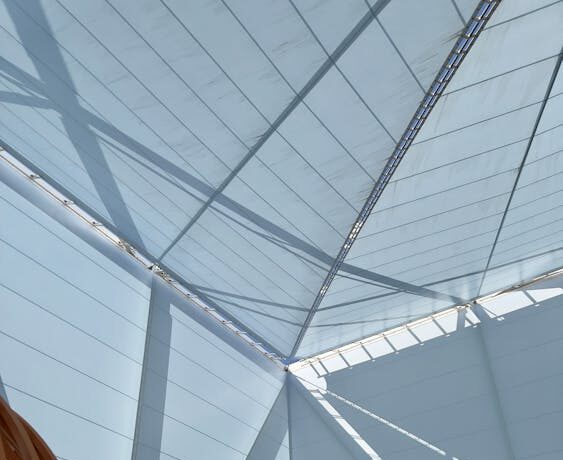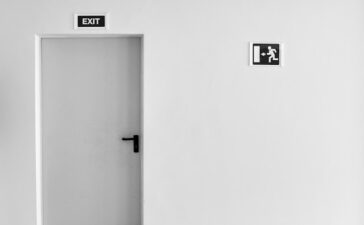Semi-permanent buildings are a flexible and cost-effective alternative when compared to traditional construction. This is very popular in many sectors. One of their advantages is that they can be customised so that they can be tailored to meet specific requirements.

There is design flexibility when it comes to rapid deployment structures. You can customise them according to shape, size and layout so that specific requirements can be met. You can have large warehouses, additional office space etc. achieved with semi-permanent buildings. You will be able to create a workspace to improve productivity and efficiency with semi-permanent buildings. If you are going for an open plan office, you will be able to have a segmented design with meeting rooms and private offices along with open office space. In the educational sector the classrooms can be customised according to different teaching styles and learning activities. You can have traditional lecture rooms and then flexible spaces can be provided for group work and interactive learning. You can choose from many different materials so that you can consider the benefits of the structure in terms of insulation, aesthetics and durability. Some common materials you will come across for semi-permanent buildings are aluminium, steel, high-quality fabric and wood.
Steel and aluminium are commonly
Chosen for semi-permanent buildings given their durability and strength. You can use them for industrial applications and they will be ideal for areas with harsh environmental conditions. For a more natural and aesthetically pleasing option, you can consider wooden semi-permanent buildings. For tensioned membrane structures, you can use high quality fabric materials. These are a lightweight option for temporary or semi-permanent shelters. They can be used for event spaces and sports facilities as well. You can customise semi-permanent buildings according to aesthetics as well. You can match the interior and the exterior of the structures according to the branding of your organisation. You can choose specific architectural features, finishes and colours. It can be a good idea to have a building that reflects the brand identity as any client or visitor to the premises will get a positive impression. You can adjust this with exterior finishes like decorative panels, paint or cladding. For interior customisation, you can consider furniture, wall finishes and flooring.

You can improve the functionality of semi-permanent buildings
As well by including features such as heating and cooling systems, insulation, lighting, and ventilation. You can maintain a comfortable indoor environment with proper insulation and the right climate control systems. By choosing efficient HVAC systems and high quality insulation materials, the building can be kept comfortable throughout the year. You can also customise the lighting solutions with natural lighting options and LED fixtures so that a well-lit space can be created. You can maintain good air quality with effective ventilation systems. Semi-permanent buildings can easily be expanded and they have a modularity which allows for this. You can design these structures with modular components so that you can reconfigure the building or expand when needed. This will give you a higher level of flexibility.





